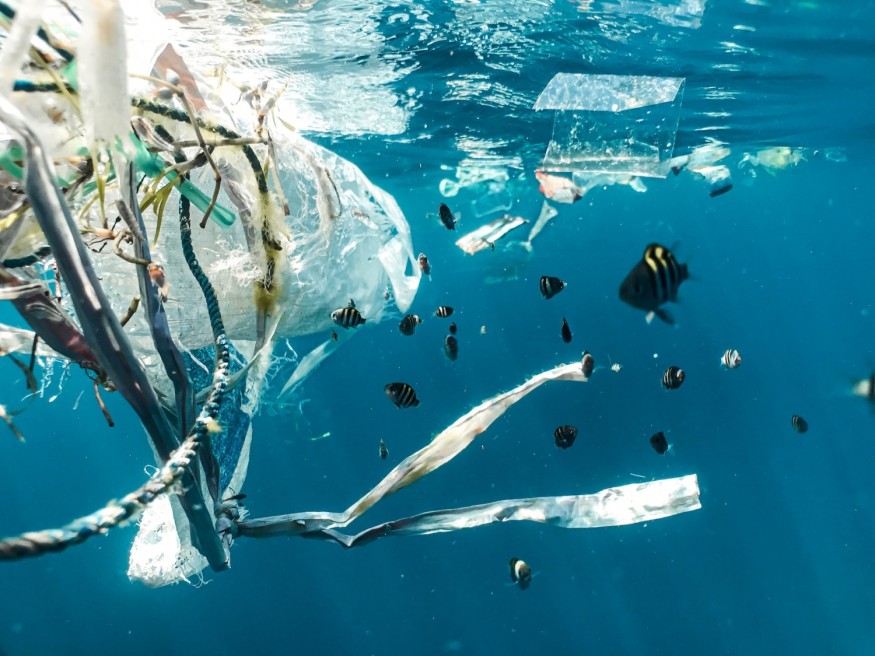Plastic recycling is the primary method and probably the most efficient way to mitigate the current global plastic pollution of the 21st century. For the longest time, the said practice has allowed us to at least utilize plastic waste thrown by consumers once they no longer need the said materials.
Through recycling, different types of plastics like bottles, kitchenware, and other synthetic compounds can be used again. While recycling helps the environment, evidence suggests that it is only a temporary solution to the pollution problem since plastics can never be completely removed from existence.
This is based on previous research that shows whole plastics can either turn to microplastics or nanoplastics, which have been found almost anywhere on the planet, ranging from the oceans, atmosphere, sewers, and even inside living organisms.
Now, a study led by researchers from the United States has finally found a way to recycle plastics indefinitely or without limit. This is made possible by activating dormant bonds of the material, specifically its chemical composition and dynamics.
Unlimited Plastic Recycling

The researchers discovered that plastics can now be recycled back into their original form even after being broken down. The study was published in the journal Nature Chemistry and conducted by a team of scientists from the University of Colorado, Boulder and University of Colorado, Denver, along with their collaborators.
In the process of chemical recycling, the Colorado research team said their perspective is "outside the box" when it comes to breaking down plastics by focusing on their chemical bonds. Unlimited recycling has been made possible by awakening or activating "dormant dynamic linkages," the study shows.
Prior to the study, the conventional recycling process conducted in a recycling plant does not allow a plastic material to exactly return to its original state, including shape and form, once it has been mechanically broken down into powder-sized pieces. Amid the breakthrough discovery, it is possible for plastic recycling to further increase, while the plastic industry may potentially decrease its production.
How are Plastics Recycled?
The recycling process of plastics are not linear since the materials taken from residential, commercial, and even public establishments undergoes different stages.
According to the British Plastics Federation (BPF), the following stages are required in conventional plastic recycling process:
- Collection
- Shredding
- Melting and extrusion
- Sorting
- Washing
- Finished pellets
In the final stage, plastic pellets are sold for new products after the whole plastic is melted and extruded, the BPF adds.
Although the new study indicates the potential of unlimited plastic recycling, it could still take time to fully address the current global plastic crisis.
According to the United Nations Environment Programme (UNEP), the amount of plastics from the 1950s to the 1970s was relatively manageable; however, plastic waste production more than tripled between the 1970s and the 1990s. The trend has continued in the 2000s, resulting in the production of approximately 400 million tons of plastic waste each year, the UNEP reported.
© 2025 NatureWorldNews.com All rights reserved. Do not reproduce without permission.





